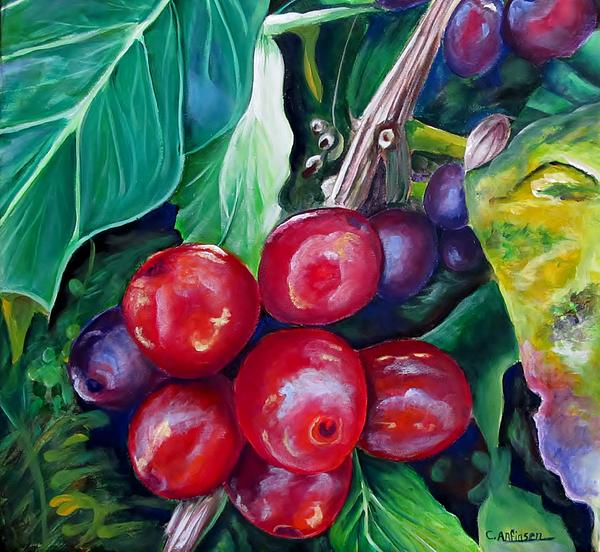
A personal story in the newspaper peaked my curiosity. A father wrote about sending his son to school with a “beanie” because the temperatures had dropped. Since my own children are grown, I hadn’t heard that expression for a long time.
Come to find out, the word isn’t even dated. Beanie is just another term for hat, skull cap, baseball cap, stocking or ski cap. I did a search for its history and found “Hub Pages.” The links are below.
According to Hub, “Beanies have been very popular throughout the years in the fashion world. But where did they start? Who invented the beanie and why?
“The term “beanies” is a name that was coined in the early 20th century, and was a type of cap that was usually worn by boys. Other terms that this headgear is known by include dink, calotte and dinky.

“They are also known as welder’s caps and skullcaps. The term “beanies” evolved from the American head-bean. No one really knows the origins for this odd expression, but we do know it’s also baseball slang. A “bean ball” was a pitch aimed at the batter’s head, and to strike the batter in the head with a baseball pitch is known as “to bean” the batter.
“The term “beanies” became mainstream in the 1950s when the cartoon “Beanie and Cecil” became popular. The boy of the cartoon wore a beanie with a propeller on top.
“Today, “beanie” is used to describe headgear worn to protect someone’s head in cold weather, like a watch cap. A beanie can actually refer to different forms of head gear, but it is worn by nearly everyone in the sporting world. It has become casual wear, whether you’re wearing it at a game or not.
“Beanies are popular for winter sports, such as skiing, and sometimes include ear flaps. Beanies can be made of felt with different colors sewn together, or knit from wool or man-made fibers. They are mainly used for warmth.

“In the early 20the century, the beanie was used to keep someone’s hair out of the way when work demanded it. A beanie kept hair away from the eyes so a worker could see.
Beanies eventually became popular with college students and were sometimes dyed school colors. Custom caps were created with school seals to match other school spirit clothing.” The model on the right is wearing a knitted cloche.
LINKS to HubPages

I became familiar with the term “beanies” from reading Archie Comic Books. My dad was a hardworking welder during the day and a comic book addict in his down time. When he was finished, I devoured them and traded them with my friends.
I always had a huge stack of used comic books to read and to trade. On the job, my dad usually wore a baseball cap on backwards and put the welder’s mask over the top.

Jughead, a friend of Archie’s was known for wearing a spiked beanie. Of course, when Mayberry aired on T.V. with Opie, Barney Fife, Sheriff Andy and Gomer Pyle, the beanie was again prominent.
 Earlier in the century, the character Spanky from the Our Gang show wore a beanie. Back then Beanies were designed for fashion, function, and especially worn to protect from cold weather. So there you have it!
Earlier in the century, the character Spanky from the Our Gang show wore a beanie. Back then Beanies were designed for fashion, function, and especially worn to protect from cold weather. So there you have it!
Did I ever wear a beanie? Speaking Minnesotan “You betcha’!” When our family lived in Bremerton, Washington my mother used to sew my sister and I felt beanies that matched our outfits. There wasn’t a lot of cold weather or snow up there, so that worked out well.

Writing this blog about “beans” and “beanies” brought memories back of the BBC Comedian Rowan Atkinson theatrically known as “Mr. Bean;” a man who obviously didn’t use his bean at all. My children and I spent many hours of laughter watching Atkinson’s facial contortions and predicaments. A few of his old shows are below.






